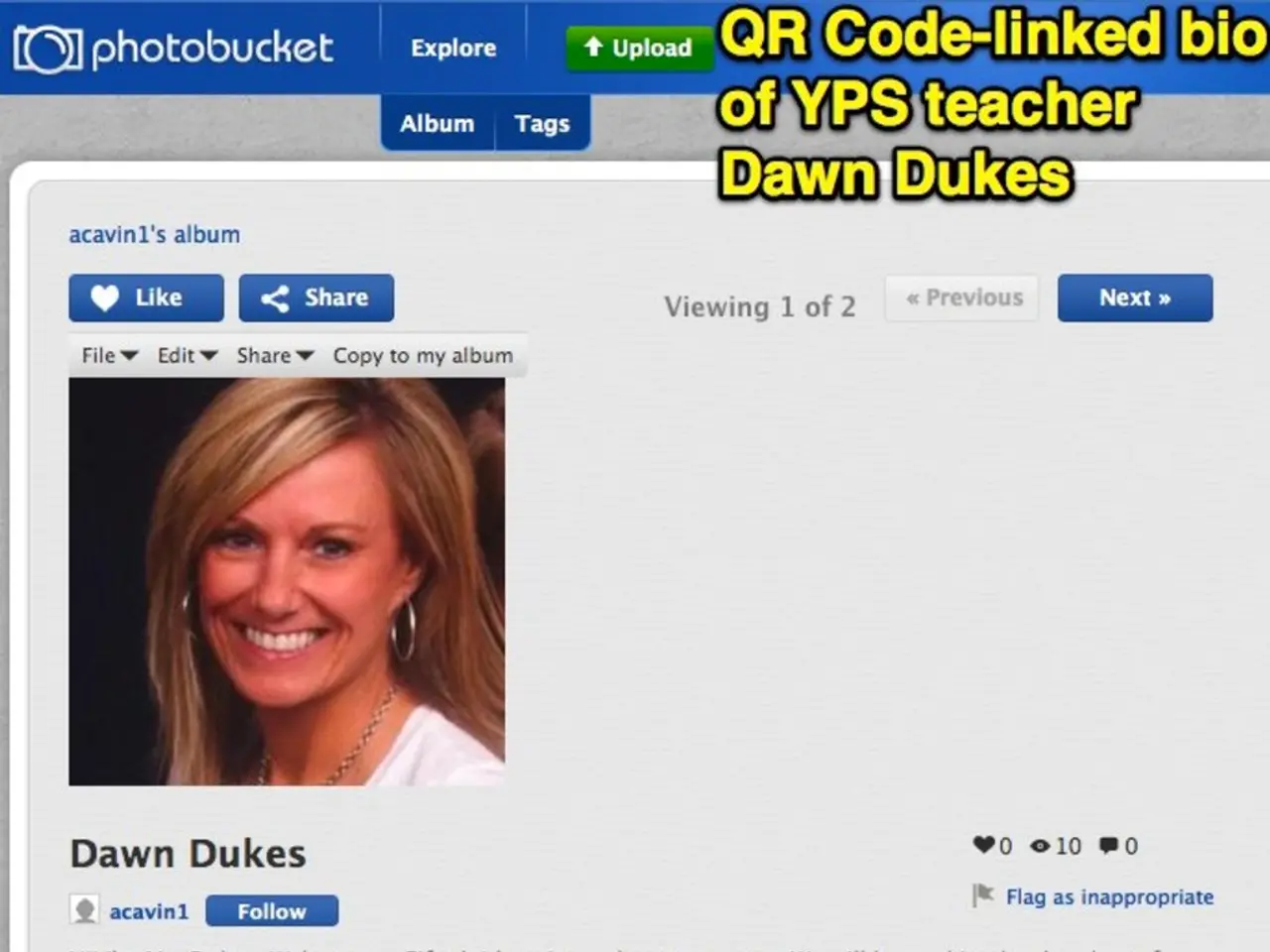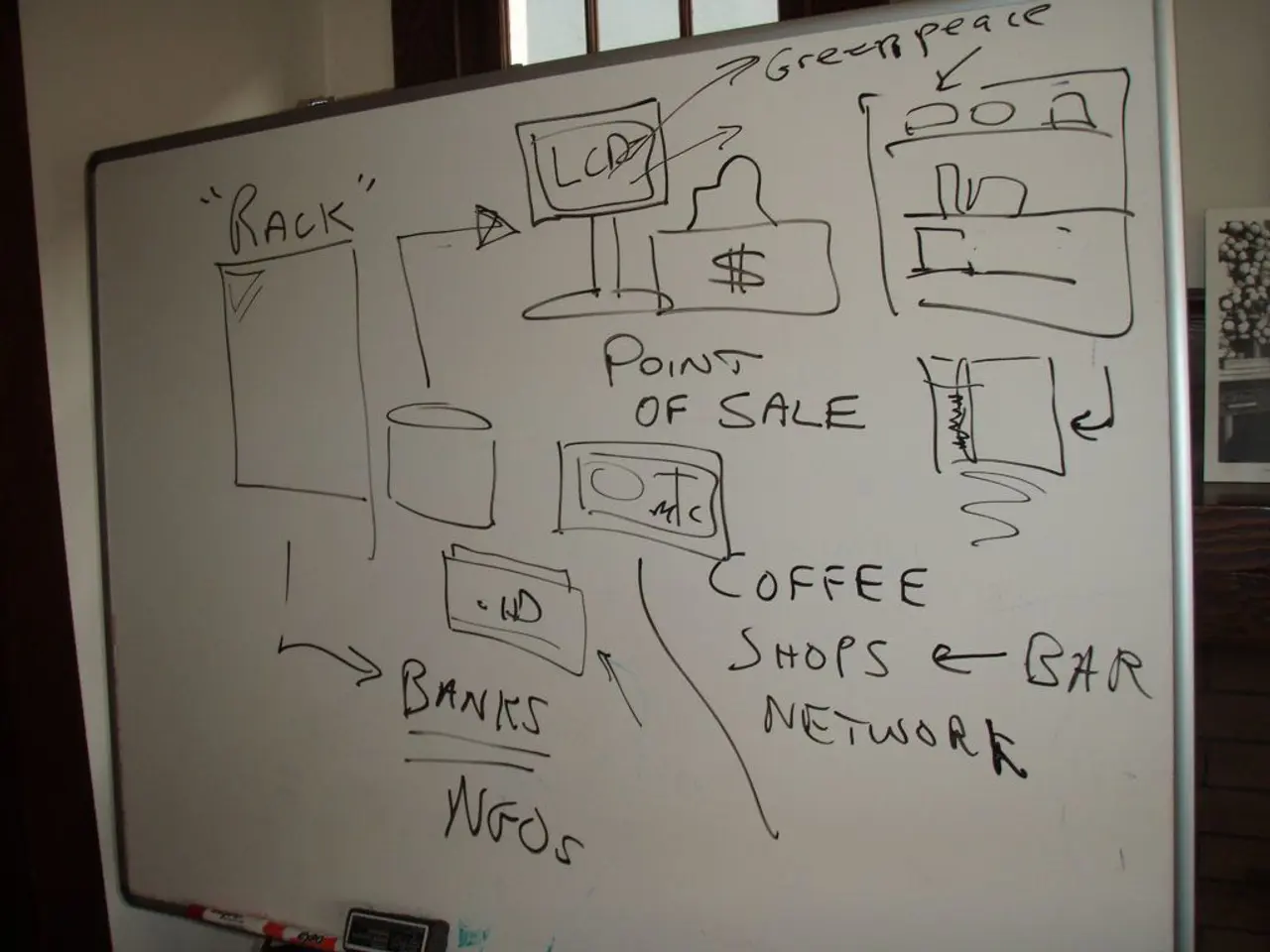Battle of the Up-and-Comers: Mastodon vs Bluesky
In the realm of decentralized social media, Mastodon and Bluesky are two standout platforms that offer unique features and experiences for users and marketers alike.
Unique Features and Differences
Mastodon, founded in 2016 by Eugen Rochko, operates on a federated network based on the ActivityPub protocol, with many independent servers (instances) run by different communities. Bluesky, initiated by Jack Dorsey in 2019, operates on the Authenticated Transfer Protocol (AT Protocol) and presents a single network where users retain control but with interoperable apps.
Mastodon's decentralization allows each instance to set its own rules and moderation, while Bluesky offers customizable algorithms and content feeds, allowing users more control over their experience. Mastodon's account portability is tied to specific instances, whereas Bluesky allows for seamless app-switching without losing followers or content.
Mastodon's content discovery relies on public timelines that vary per instance, offering less algorithmic content, and chronological timelines. Bluesky, on the other hand, offers customizable feeds and algorithms, enabling users to create or follow personalized content feeds.
In terms of features, Mastodon lacks native advanced features like polls or paid subscriptions, focusing on privacy and anti-abuse moderation flexibility. Bluesky, while simple, lacks native post scheduling, polls, paid ads, creator monetization, or verification badges but supports domain-link verification.
Mastodon's user base is long-established, with diverse communities, while Bluesky, being newer, has a peak of about 1.67 million daily users but declining activity trends have been noted. Both platforms have minimal built-in monetization or analytics.
How Marketers Can Effectively Utilize Them
Mastodon
For marketers, Mastodon offers an opportunity to engage with specific niche or community-driven audiences by targeting instances tailored to interests. The strong privacy and moderation controls can help build an authentic brand presence where users self-select communities. Mastodon is ideal for brand awareness in decentralized social circles that value open conversation and less algorithmic interference.
Bluesky
Bluesky presents an opportunity to tailor marketing campaigns to specific audience segments by utilizing the ability to create or follow customizable content feeds. The platform's freedom from opaque algorithms can foster more authentic interactions and higher engagement. Marketers can integrate external tools like SocialBee for scheduling posts since Bluesky lacks native scheduling features. Establishing credibility by linking domains to usernames as a form of account verification and brand trust is also beneficial on Bluesky.
Summary
While Mastodon emphasizes federation and community autonomy with many independent servers, making it suitable for niche marketing in diverse, tightly moderated communities, Bluesky offers algorithm customization and a more unified decentralized network focused on user control and authentic engagement but currently has limited platform features and a shrinking active user base.
Marketers should tailor their strategies accordingly: focus on authentic, community-based engagement on Mastodon, and leverage customizable feeds and third-party tools for flexible branding and organic reach on Bluesky.
- Marketers can leverage Mastodon's unique post scheduling feature to engage with niche communities, building an authentic brand presence that values open conversation and less algorithmic interference.
- In the context of Bluesky, the absence of native post scheduling can be mitigated by integrating external tools, while taking advantage of customizable content feeds to tailor marketing campaigns for specific audience segments, fostering authentic interactions and higher engagement.




